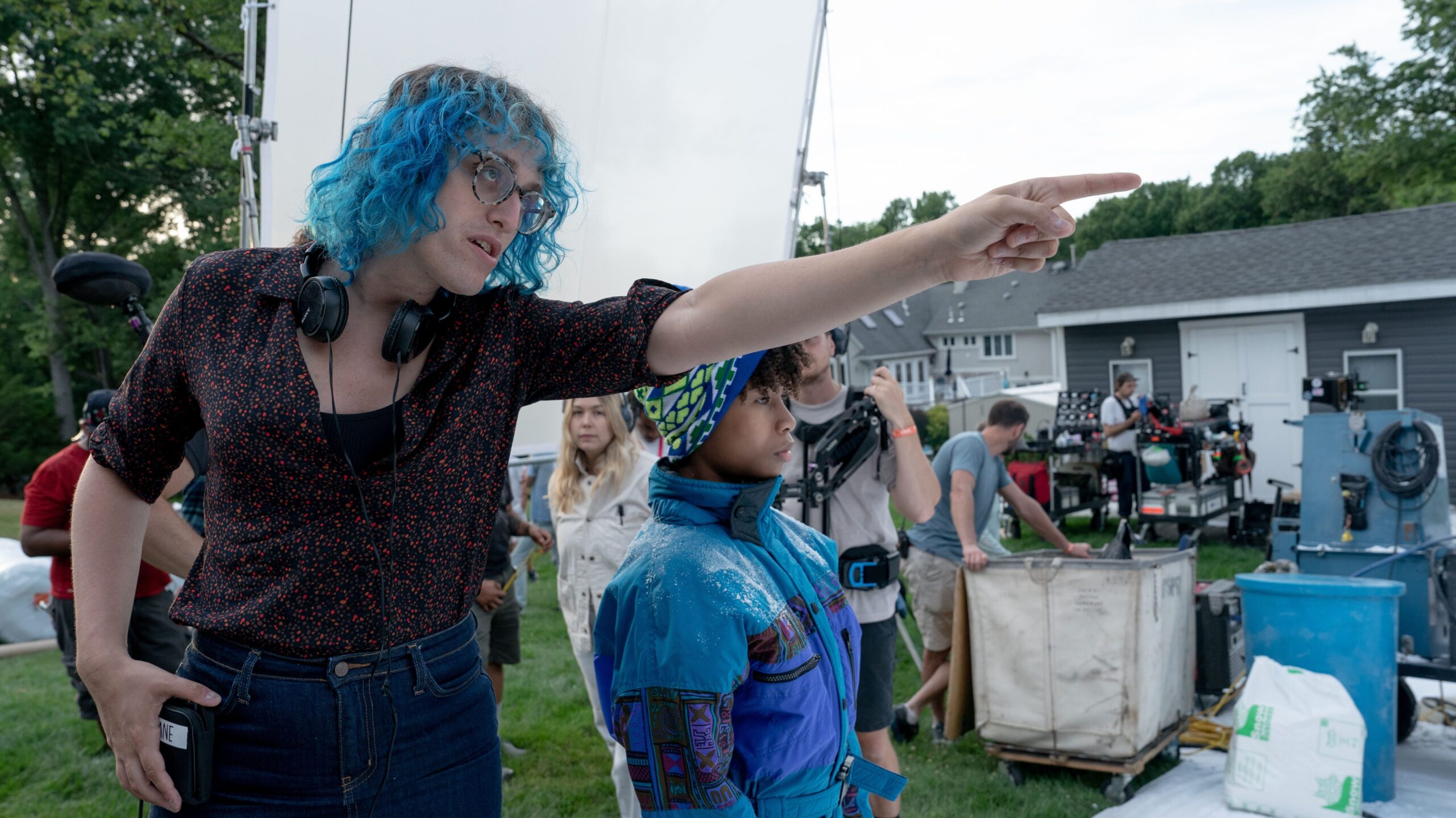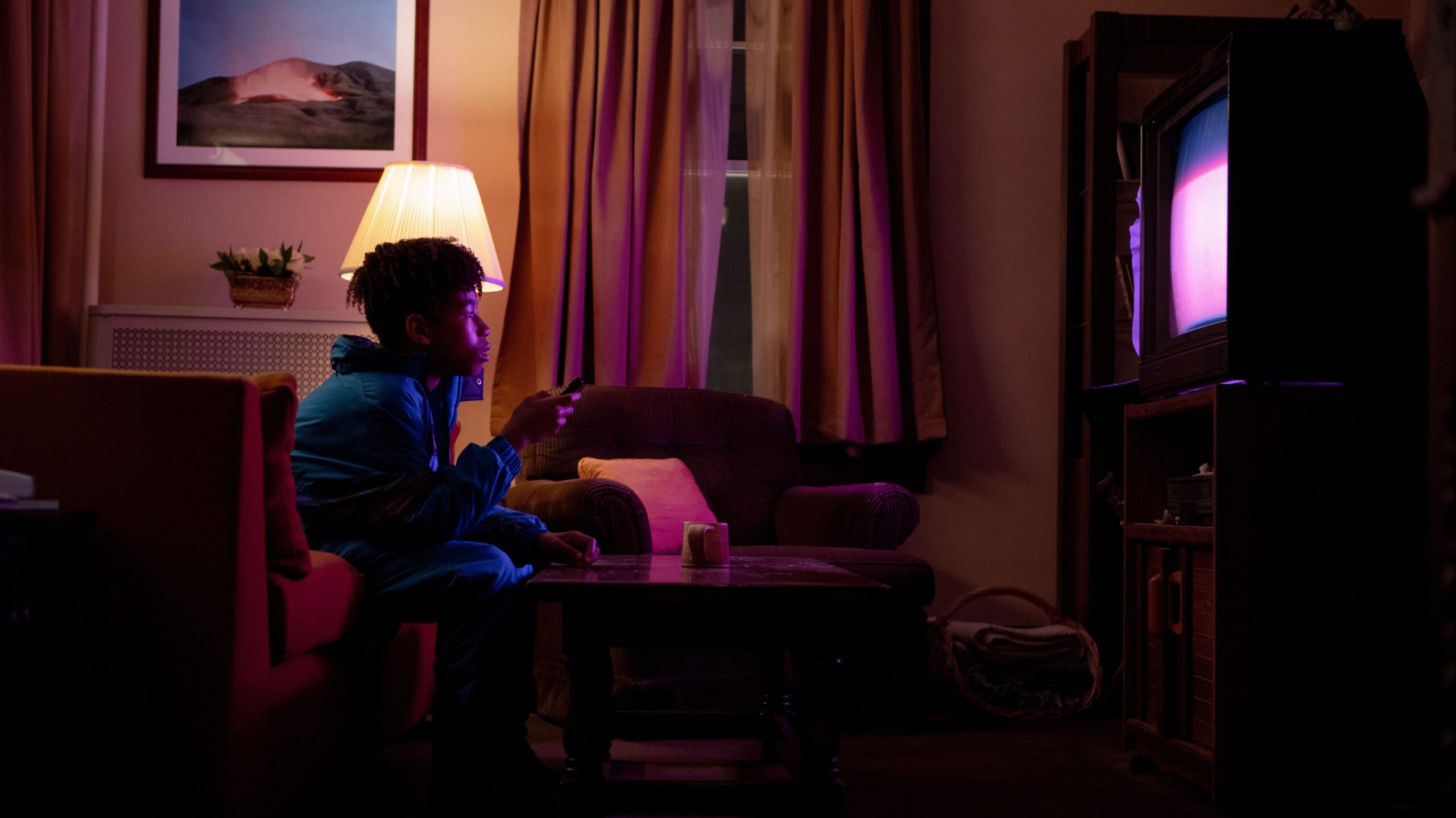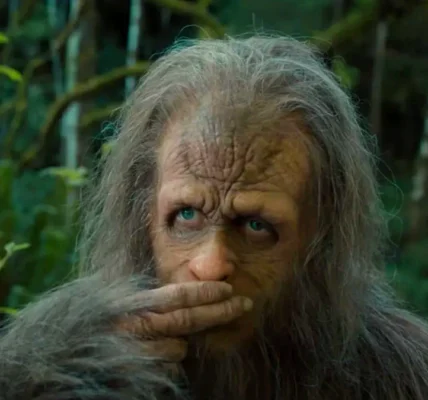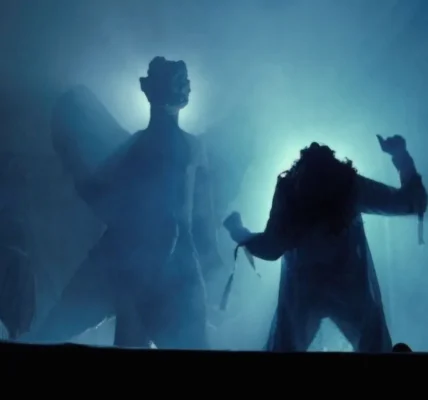A24’s ‘I Saw The TV Glow’ Underscores The Modern Struggle Of Being An Artist
Director Jane Schoenbrun’s second film, I Saw The TV Glow is a leap in the creative and technological landscapes of directing. By illustrating an allegory based on their transgender background, Schoenbrun spotlights the lived experiences of many who’ve forsaken their…
Director Jane Schoenbrun’s second film, I Saw The TV Glow is a leap in the creative and technological landscapes of directing. By illustrating an allegory based on their transgender background, Schoenbrun spotlights the lived experiences of many who’ve forsaken their identities for escapism. TV Glow contrasts the innate feeling of repression in a modern-day world where originality has seemingly lost all meaning, with film, an industry synchronously demanding ingenuity despite almost every concept having been done before.
Disclaimer: This article contains spoilers for A24’s I Saw The TV Glow.

Ever since my venture into studying film, I’ve lost a lot of enthusiasm for the mainstream horror genre, as many cinephiles have. I grew up thinking that as I aged older, feeling scared of a film should be a juvenile feeling; whether you’re young or just have a young relationship with cinema.
However, as more and more films with modern effects come out, like Evil Dead: Rise and The First Omen, I find myself confused. The technological advances for these movies are intentionally designed to scare adults with disturbing imagery. Yet here I am as a young adult, feeling so desensitized from what I’m watching that all I could truly appreciate were the tremendous efforts to disgust the audience. In fact, their abilities to immerse me in their experience made both of those movies excellent, simultaneously paving the way for the future of the horror genre.

I Saw The TV Glow pays close attention to this trend, offering a horrifically unique perspective on media consumption. Inspired by the intergenerational juvenile curiosity of late-night television, director Jane Scheonbrunseizes this opportunity to highlight the decades of queer teenagers evading real life through visual fantasy. In turn, TV Glow is riddled with metaphors of repressing your true self for the sake of conforming to “the real world,” a real-life conundrum for many following the pandemic.
As Seen On TV
The movie stars Justice Smith as Owen, a character struggling to distinguish the lines within his identity after a traumatic and neglectful childhood. While channel surfing in the ’90s, he comes across a show called The Pink Opaque, an episodic “monster-of-the-day” serial inspired by the likes of Buffy the Vampire Slayer and Power Rangers. Interested to learn more, Owen (Ian Foreman, portraying Young Owen) befriends Maddy (Brigette Lundy-Paine), another queer teenager from school who’s obsessed with The Pink Opaque.
Together, Owen and Maddy become hypnotized by the artistic depth The Pink Opaque provides. Though marketed as a kids show, Maddy has the apperception of knowing it takes an older audience to understand the show’s nuance. The two develop a detached lifestyle together, derailed from the life promised to them when they were young as they spend every minute of their teenage years obsessing over the show’s next episode. That is, until Maddy mysteriously goes missing, followed by the show’s abrupt cancellation.

When we pick up to Smith’s portrayal of Owen a decade later, he’s still rewatching The Pink Opaque to stabilize his depression. His daily routine of watching the same show is now combined with a matching job at the local movie theater, eventually becoming not much different from the monotonous cycle of life he was running away from. Owen sees The Pink Opaque as the truth that no one else is willing to listen to, adopting his taped recordings as a necessary means to ignore the rest of his life.
Owen’s intuition is deemed correct when Maddy suddenly reappears, manically revealing that they’re the main characters from The Pink Opaque and offering a lifeline to escape back to the real world. Hesitant, Owen chooses to take the “mature” road, favoring his flat, adult life at the cost of seeking his true identity. His decision leads to a rewatch of the show, shockingly coming to terms that it was “cheesy” as he realizes how much of his life he wasted. The movie ends with Owen realizing he was scared of joining Maddy in becoming who they’ve always wanted to be, eternally doomed to his monologic world.

“Time wasn’t right. It was moving too fast. I was 19, and then I was 20, and then I was 21. Like chapters skipped over in a DVD. I told myself, ‘This isn’t normal. This isn’t normal. This isn’t how life is supposed to feel.’”
I Saw The TV Glow (2024)
Free The Artists
Though TV Glow employs direct metaphors about ignoring the inherent glow (pun intended) of queerness, I feel the movie’s abstract also serves as an allegory for escaping into a career in art. Maddy and Owen’s pursuit of opposing realities parallel the battle many face with their intrinsic calling for an artistic lifestyle. Acknowledging the monotonicity of the traditional suburban life, Maddy presents a chance to escape to a world catered to their authentic self; a reminiscent choice for talents honored with the opportunity of moving to Hollywood to pursue a career in on-screen entertainment.

Cinema, while a relatively new art form in the context of human history, bridges talent from the fine arts of literature, photography, music, and paintings to create a glorious, grand result. Films are the culmination of hundreds of people’s expertise, and the most meticulous efforts are reflected in the audience’s reception. However, under the crushing weight of the internet, it can be hard for creatives to develop a movie that resonates with everyone. Public expectations are hardly ever met, and feedback can vary based on the race or gender of the cast and crew.
The dilemma worsens with the rise of streaming services. With easy access to thousands of titles to choose from, old shows and movies inevitably become repopularized. As beloved movies and shows recirculate, documenting as a trend of the times, it signals executives to avoid investing in original ideas and instead favor sequels or remakes. As a result, we confine our creativity to existing properties, risking the inspired innovation in storytelling. With fewer major studios willing to express pure imagination, sticking true to a director’s vision has less place in Hollywood than ever, almost as if your creativity is trapped (like Owen at the end of the film).

Fortunately for Hollywood, A24 struck gold with I Saw The TV Glow, heralding Jane Schoenbrun as a cinematic trailblazer waiting for the world’s (excuse me, Mr. Melancholy’s world’s) unconditional admiration. TV Glow provides one of the most original, relevant commentaries I’ve seen since Everything, Everywhere, All At Once, and I’m beyond excited for the future of Schoenbrun’s filmography.
“There is still time.”
I Saw The TV Glow (2024)
I Saw the TV Glow is written and directed by Jane Schoenbrun, produced by Emma Stone and Dave McCary, starring Justice Smith, Brigette Lundy-Paine, Danielle Deadwyler, and Fred Durst. Distributed by A24 and released in NYC/LA on May 3rd, 2024, before expanding Nationwide on May 17th.
Thank you for reading this article! For more reviews, feel free to check out some more articles here at Feature First.













